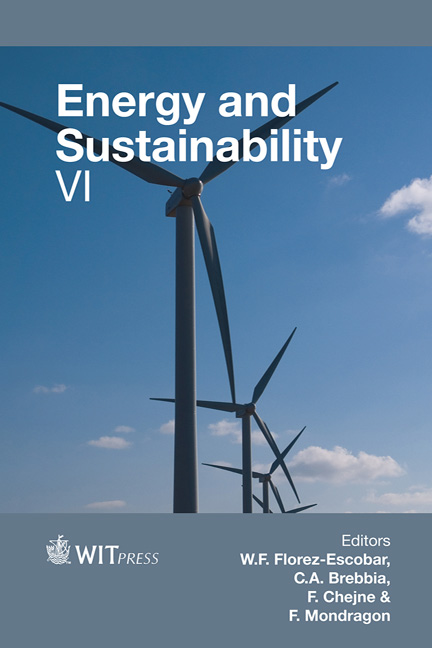Energy Generation By Waste Incineration: The Management Of Impregnated Wood
Price
Free (open access)
Transaction
Volume
195
Pages
12
Page Range
89 - 100
Published
2015
Size
282 kb
Paper DOI
10.2495/ESUS150081
Copyright
WIT Press
Author(s)
R. Sjöblom, J. Kumpiene
Abstract
Landfilling of organic waste is no longer allowed in Sweden. Instead, essentially all such waste is being recycled, and about half of it goes to incineration which accounts for about 10% of the total need for heating of buildings. Incineration implies destruction of potentially harmful constituents in the waste, but does not destroy contaminant elements such as arsenic which almost exclusively originates from impregnated wood. Methods for identification of chromium, copper and arsenic in such wood are analysed as well as techniques for sorting it into two categories. If incinerated separately, these can give rise to ash with Cr, Cu and As, and ash with only Cu. The former ash has a small volume and can be stabilized/landfilled at a qualified facility, and the latter ash might be used for beneficiation of Cu. In addition, the contamination by As, especially, in other fuels will be small and consequently also in the ash, thus facilitating its use. It is found that such sorting may be achieved using visual inspection as well as x-ray fluorescence (XRF), whilst use of reagents does not appear to offer any advantage over these two. Both methods are already in industrial use in Sweden, thus proving the feasibility of segregation and stabilization of contaminants in impregnated wood.
Keywords
impregnated wood, sorting, arsenic, XRF, incineration, ash





